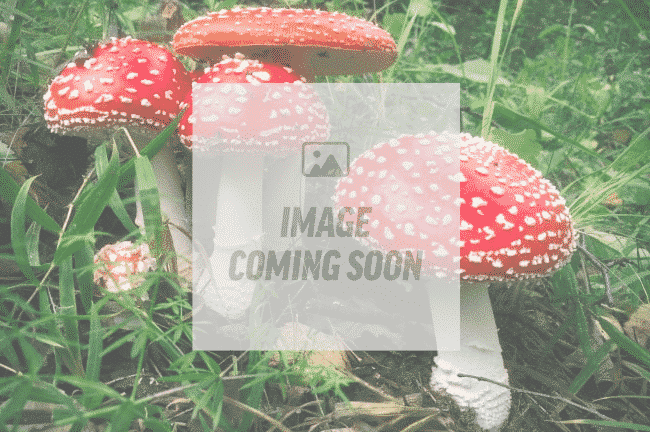
Psilocybe subcaerulipes Magic Mushrooms
Psilocybe subcaerulipes: Background
Psilocybe subcaerulipes magic mushrooms have been used to research the effects of its consumption on marble-burying in mice, an animal model of obsessive-compulsive disorder. The species was first identified in 1958 by Japanese mycologist Tsuguo Hongo, and analysis shows psilocybin concentrations to range between 0.003% to 0.55%.
Psilocybe subcaerulipes: Habitat
Psilocybe subcaerulipes magic mushrooms grow in groups or clustered on soil that is rich in woody debris, notably near Sugi, Taiwania, Japanese Blue Oak, and Loblolly Pines. It has been found in Japan, South Korea, Taiwan, and Thailand.
Psilocybe subcaerulipes: Taxonomy/Naming
Genera
Psilocybe
Species Name
subcaerulipes
Sub Species
subcaerulipes
Common Name
hikageshibiretake (Japanese for "shadow numbness mushroom")
Psilocybe subcaerulipes: Physical Description
Pileas
Caps are initially conic or bell-shaped with incurved, wavy edges when young, expanding to become convex, then finally somewhat flattened usually with a well-defined central bump in maturity. The cap color is chestnut brown when wet, lighter brown when dry.
Gills
Gills are attached to the stem or reach it but do not attach, and later pull further away from it. They are a grayish-orange color initially, later turning purple-brown with whitish edges.
Spore Print
Dark purple-brown
Spores
Dark purple-brown
Stipe
Stem is cylindrical, though may be slightly enlarged at the base due to the presence of white mycelial chords. Initially a whitish color, it matures to become yellowish, then brown or reddish brown. It may have white veil fragments attached to the lower portion of the stipe.

Comments